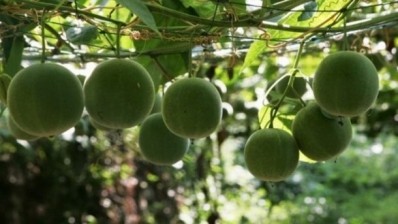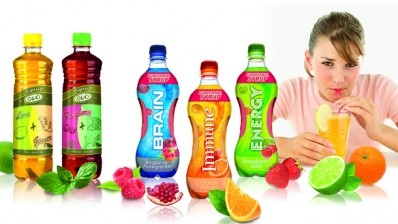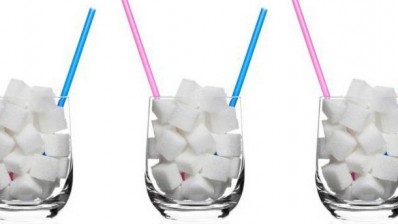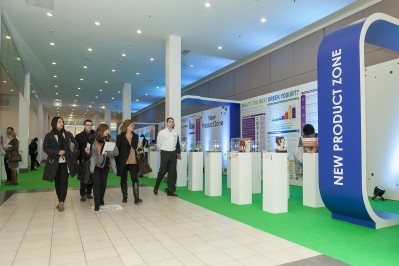Energy drink firms forced to reformulate
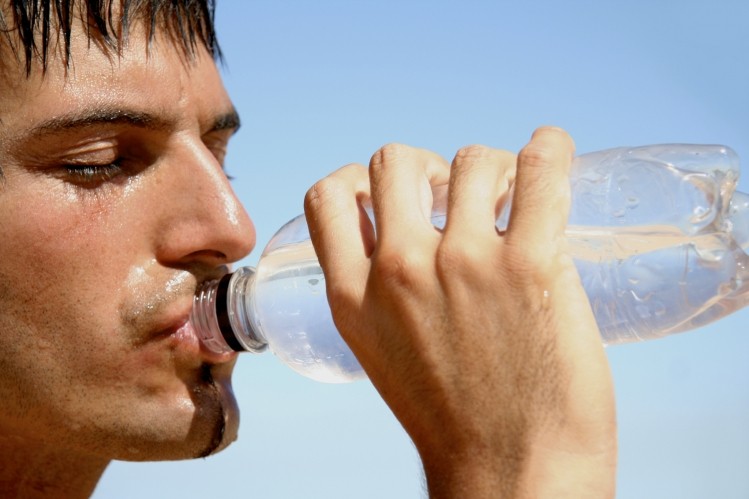
The pressure on manufacturers and regulators to help tackle obesity and the other health problems allegedly exacerbated by the overconsumption of fizzy drinks has been building. Perhaps this means that the time is right for manufacturers to take a different approach to energy drinks?
UK-based campaign group Action on Sugar slammed mainstream energy drinks earlier this year, highlighting the fact that some recipes contain up to 20 teaspoons of sugar (78g) per 500ml serving – more than three times the maximum adult daily intake of free sugars per day (25g). It also suggested that the drinks could make youngsters addicted to caffeine and called for sales of energy drinks to children under 16 to be banned.
The drinks have also come under scrutiny from the World Health Organisation (WHO), with WHO Europe researchers publishing a review in Frontiers in Public Health last year and concluding that “… it would appear that concerns in the scientific community and among the public regarding the potential adverse health effects of the increased consumption of energy drinks are broadly valid. The potential for acute caffeine toxicity due to consumption of energy drinks may be greater than other dietary sources of caffeine due to the variable and sometimes very high-caffeine content of energy drinks, in combination with the aggressive marketing to young and inexperienced consumers”.
Caffeine safety (Return to top)
There was some relief for the industry in May 2015, with the European Food Safety Authority (EFSA) conducting a review of caffeine and confirming the safety of daily caffeine intakes of up to 3mg per kilogramme of body weight for children and adolescents (3–18 years) and up to 400mg for adults.
EFSA also concluded that it is unlikely that caffeine interacts adversely with other ingredients often found in energy drinks. On the other hand, EFSA noted that the proportion of the adult population exceeding its 400mg per day threshold ranged from 5.8% in some markets to almost one third in others (32.9%).
In spite of all this negativity, it’s hard to detect any adverse impact on the market for mainstream energy drinks so far. Mintel predicts a mixed bag of growth around the world. Spain is the standout performer in Europe, with a predicted average value growth in the energy drinks market of 15.7% over the next five years.
With sugar and calories in the spotlight, Mintel’s finding that low/no/reduced sugar claims actually fell in UK-based launches from 20% in 2010 to 16% last year is quite surprising. It’s the same pattern with low/no calorie claims, down from 24% to just 13% of new launches in 2014. However, Mintel notes that some of the leading brands have entered the arena, with Red Bull launching a zero calorie variant with sweeteners in the UK and two fruity-flavoured zero-calorie versions in the US in March. Similarly, Relentless launched the Mango Ultra zero-calorie drink with sweeteners in February 2015.
Perhaps it’s this growing interest from big players that accounts for a rise in low-calorie energy drinks volumes of 11.6% between 2013 and 2014, according to figures from Canadean.
“The industry is trying to change the perception of the category and tap into the new health-conscious demographic to ensure its future growth,” says Canadean analyst Angela Wynne. However, she notes that the market share of low calorie energy drinks is likely to remain low, since most energy drinks are consumed by young men who are less concerned about calorie content than other groups.
Of course, healthier positioning is about more than the headline calorie content, so Canadean also points to growing interest in energy drinks with natural ingredients, such as naturally sourced caffeine and drinks without that other industry go-to ingredient, taurine. Guarana is also becoming a popular ingredient, with product ranges in Belgium, the Netherlands and Germany.
Mintel adds that tea-based energy drinks hold a strong appeal for health-conscious consumers. For example, in Poland 49% of consumers say they are interested in seeing a wider variety of energy drinks with tea as an ingredient, this is followed by 47% in Italy, 45% in Spain and 42% in Germany.
Ieva Petkeviciute, new product development manager with beverage consultancy MyDrinkBeverages, confirms that she’s been seeing a lot of interest in ‘natural’ energy drinks, in line with a similar shift towards natural formulations in other beverage categories.
The most common request from potential producers is for a recipe made with natural, non-sugar sweeteners.
‘Natural’ energy drinks (Return to top)
“In this case we can suggest several solutions,” she says. If calorie content is not a big issue, Petkeviciute might recommend products such as deionised grape juice concentrate or agave syrup. These have the benefit of potentially delivering a similar calorie load in the finished product, while offering a lower glycaemic index alternative to sugar.
“In case the client wants to have less kcal, which is also quite a trend nowadays, we suggest mixing stevia with one of the aforementioned natural sweeteners. In this case we are able to mask the specific aftertaste of stevia and to decrease the dosage of kcal-containing sweeteners.”
Another key beverage ingredient is an acidifier, which improves both the taste profile and shelf-life of the product. A typical industry solution is synthesised citric acid (E330), but Petkeviciute recommends that formulators looking for a natural solution could substitute tartaric acid, which is a product of fermentation.
Petkeviciute notes that many natural functional ingredients lack an authorised EU health claim relating to energy. That may change in future, but for now the smart option may be to stick to ingredients that consumers are familiar with so that companies don’t have to educate them. For example, natural sources of caffeine include familiar names such as green coffee beans, guarana, yerba matte or cola nut, in addition to the green tea already mentioned.
Scottish firm Super!Natural is one of the new breed, getting its sweetness from a blend of fruit juice and caffeine from green coffee beans. Md Ben Chambers says the drink has about two-thirds of the caffeine of a Red Bull – about the same as a cup of tea.
Meanwhile, Irish coconut specialist CocoMojo is eschewing caffeine altogether in favour of an exotic blend of herb and spice extracts (including turmeric, galangal, kaffir lime and Siberian ginseng, among others). Together these ingredients deliver one-third of the daily vitamin B3 recommended daily allowance in its CocoSoul drink.
